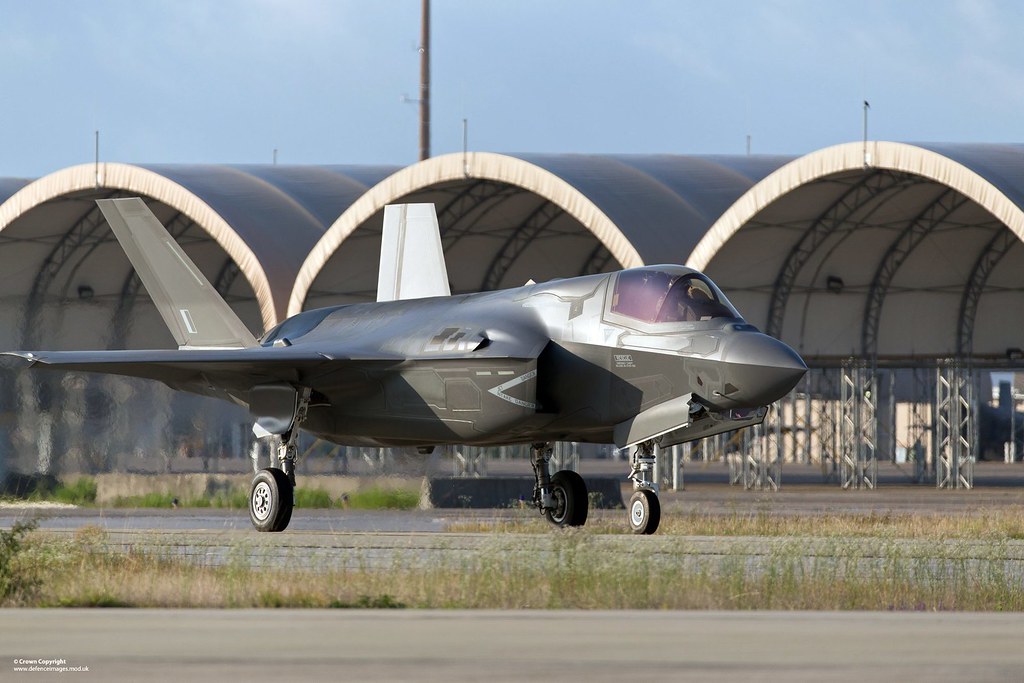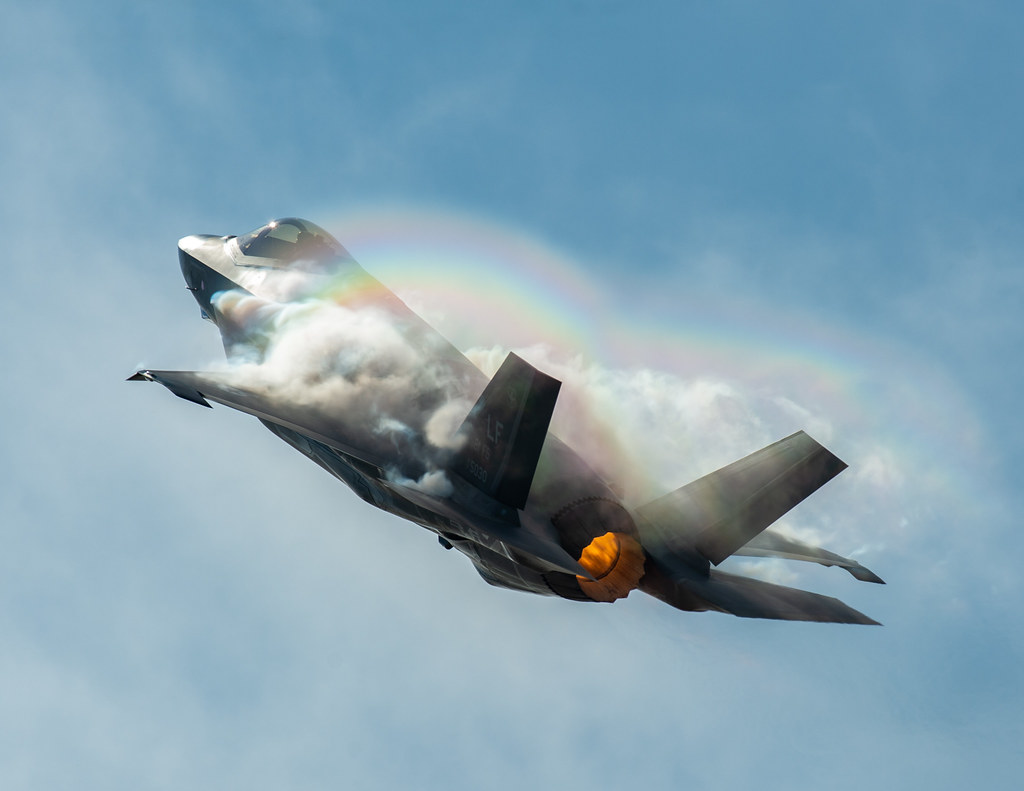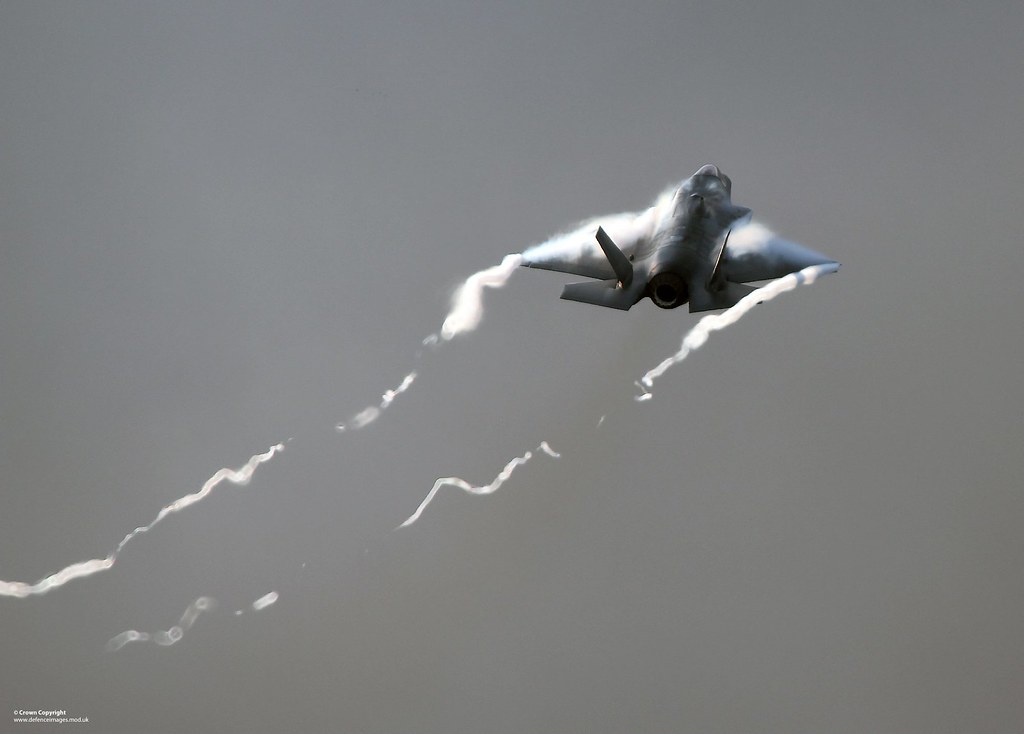
An F-35B Lightning II jet, worth around $80 million, experienced a tragic incident on September 17, 2023, when it crashed into a forested region 80 miles away from its South Carolina base.

Despite the loss of the stealth aircraft, the pilot successfully ejected and sustained minor injuries.

The jet’s transponder malfunction and advanced stealth features led to a considerable delay in finding the wreckage, prompting a 28-hour extensive search effort that concluded with the discovery of the jet in Indiantown, South Carolina.

Pictured: “Adir” jet and F-16I “Sufa”
Photo by: Maj. Ofer
הטיסה הראשונה של מטוסי ה”אדיר” בשמי ישראל
בתמונה: מטוס ה”אדיר” ומטוס ה”ספוה”
צילום: רס”ן עופר
The incident has since cast a spotlight on prior cybersecurity issues associated with the F-35 program, underscoring the complexities of modern military aviation.

The crash occurred during what was supposed to be a routine training flight from Marine Corps Air Station Beaufort.

The pilot, upon experiencing an unexplained malfunction, ejected from the aircraft and descended about 2,000 feet before landing in the backyard of a bewildered resident.

In the ensuing chaos, the jet continued unmanned for 60 miles before ultimately crashing. The Marine Corps has yet to disclose the exact nature of the malfunction that led to the ejection, and the feature that allows F-35 jets to continue flying autonomously is under scrutiny.

This incident has stirred discussions among military experts and officials, with particular attention on the stealth jet’s ability to avoid radar detection.

The “zeroize” function designed to protect the pilot and sensitive systems by erasing secure communications may have contributed to the difficulties in locating the F-35B after the ejection.

As the Marines stated, “tracking the jet had to be done through non-traditional means,” which, when combined with adverse weather conditions and the aircraft’s stealth features, presented unique challenges for recovery teams.

Cybersecurity concerns have been previously raised about the F-35 program, with the jet being part of the most costly weapon system in the Department of Defense’s history.

A report from the U.S. Government Accountability Office cited the need to modernize the engine and address an overtasked cooling system that forces the engine to operate beyond its design parameters, potentially increasing maintenance costs by $38 billion.

The incident comes at a time when the reliability and safety of the F-35 fleet have been put to test. An earlier accident in October 2022 involving an F-35A Lightning II at Hill Air Force Base, Utah, highlighted the aircraft’s vulnerability to turbulent air.

A “software glitch” caused the jet to misinterpret flight data, leading to a loss of control and the eventual destruction of the $166 million jet.

The recent crash has prompted the Marine Corps to halt aviation operations temporarily, focusing on reinforcing safe flying procedures and addressing the string of “Class-A mishaps” that have occurred within the fleet. Class-A mishaps refer to incidents involving severe damage, destruction, or personnel casualties.
Relevant articles:
– Software glitch during turbulence caused Air Force F-35 crash in Utah, airforcetimes.com
– Marine Corps F-35 that Crashed in South Carolina Forest Last Month Has Finally Been Cleaned Up, Officials Say, Military.com
– Pilot of downed F-35 parachuted into residential backyard, marinecorpstimes.com
– Ejected pilot of F-35 that went missing told 911 dispatcher he didn’t know where fighter jet was, cbsnews.com

